JJ Food Service Is Using Azure ML To Predict Customers’ Shopping Lists Even Before They Shop
2 min. read
Published on
Read our disclosure page to find out how can you help MSPoweruser sustain the editorial team Read more
JJ Food Service is one of the largest independent food delivery service companies in the UK which provides over 60,000 customers with everything they need for their own food businesses. Customers place orders online or by speaking to call center representatives over the phone. Logistics teams route and sequence these orders, employees at warehouses then load the appropriate products in the vehicles, and drivers take it to the delivery routes the next day. JJ Food Service is now using Microsoft Dynamics for their ERP and CRM needs.
Now, they are adding Azure ML to streamline their process. By using the Azure ML recommendation system, they are populating predictive shopping list for customers, and customers also get recommendations for related items that they might want to order.
Customer orders at JJ Food Service, of course, vary widely in terms of what gets purchased and when, order size, type, frequency and many other criteria. In anticipating customers’ future needs, what they needed were tailored insights based on each customer’s past order patterns. For instance, a particular restaurant might order salad greens every day, flour about every two weeks, and cooking oil once a month. “To be successful, we needed to be relevant for that week, that day, that exact point in time,” Ahmed explained.
JJ Food Service was convinced that Azure ML could help them address their needs in a very cost-effective manner. They started working with the Microsoft Azure team, first writing code for their website to capture customer behavior and then using three years of transactional data to train an Azure ML predictive model. Next, they integrated the recommendations from this model into both their call center environment and their website, thus ensuring that their phone-based customers would get the exact same recommendations (via call center representatives) as what online customers would see on their site.
The system took only three months to implement. Today, whether customers call in or log in, the system bubbles up the same predictions using its analysis of past purchases – in both cases, the order pad gets filled out in the same fashion, and automatically.
Read more about it here.

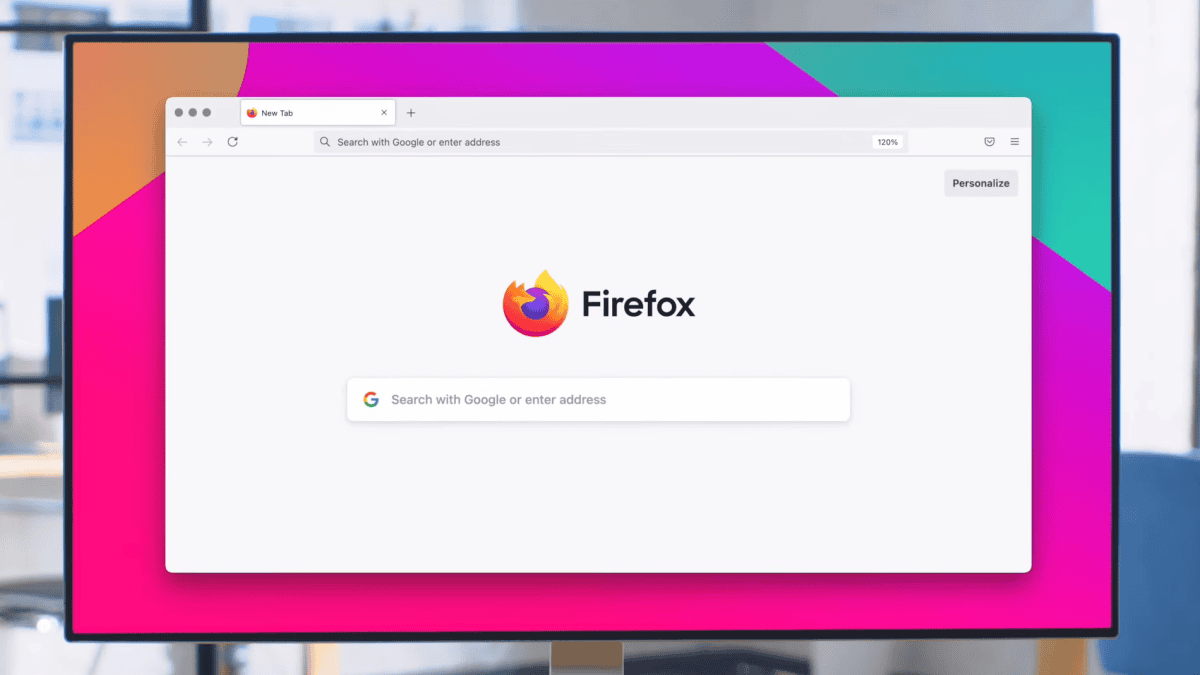
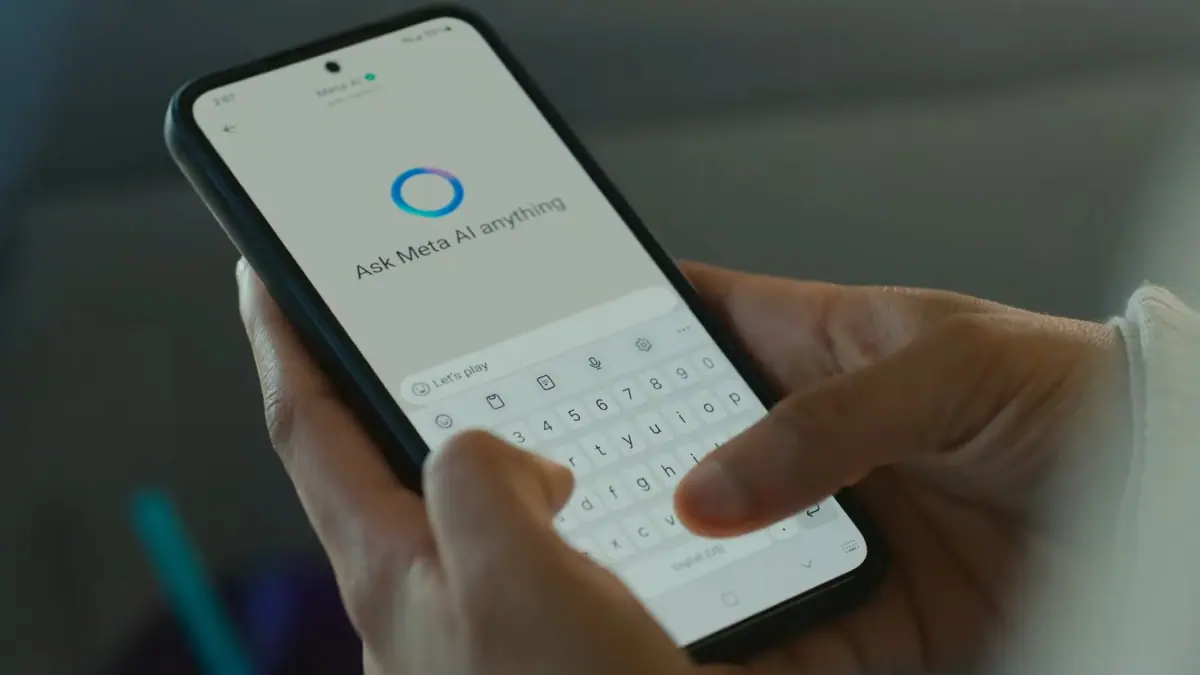

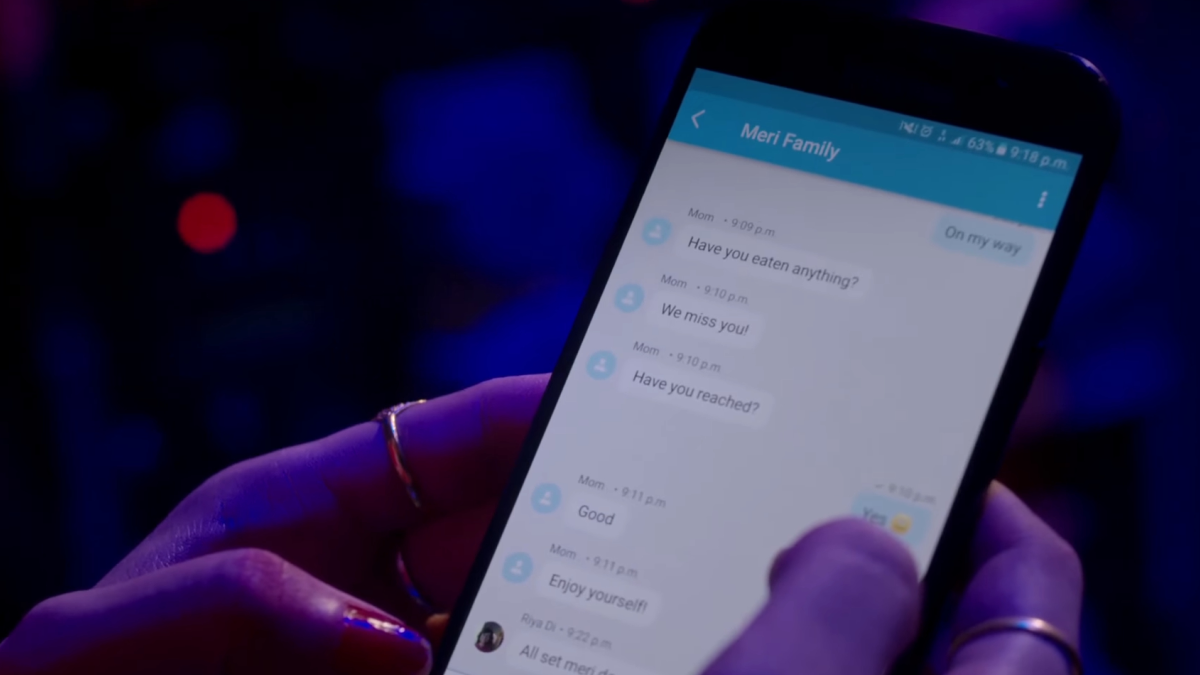

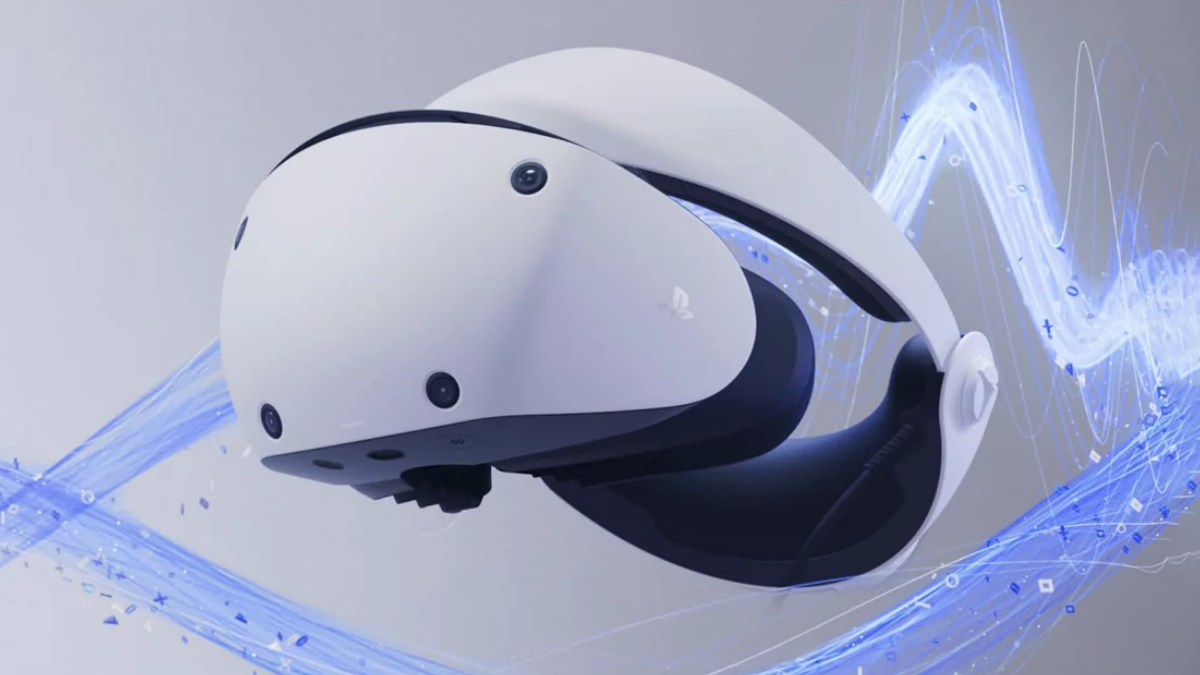
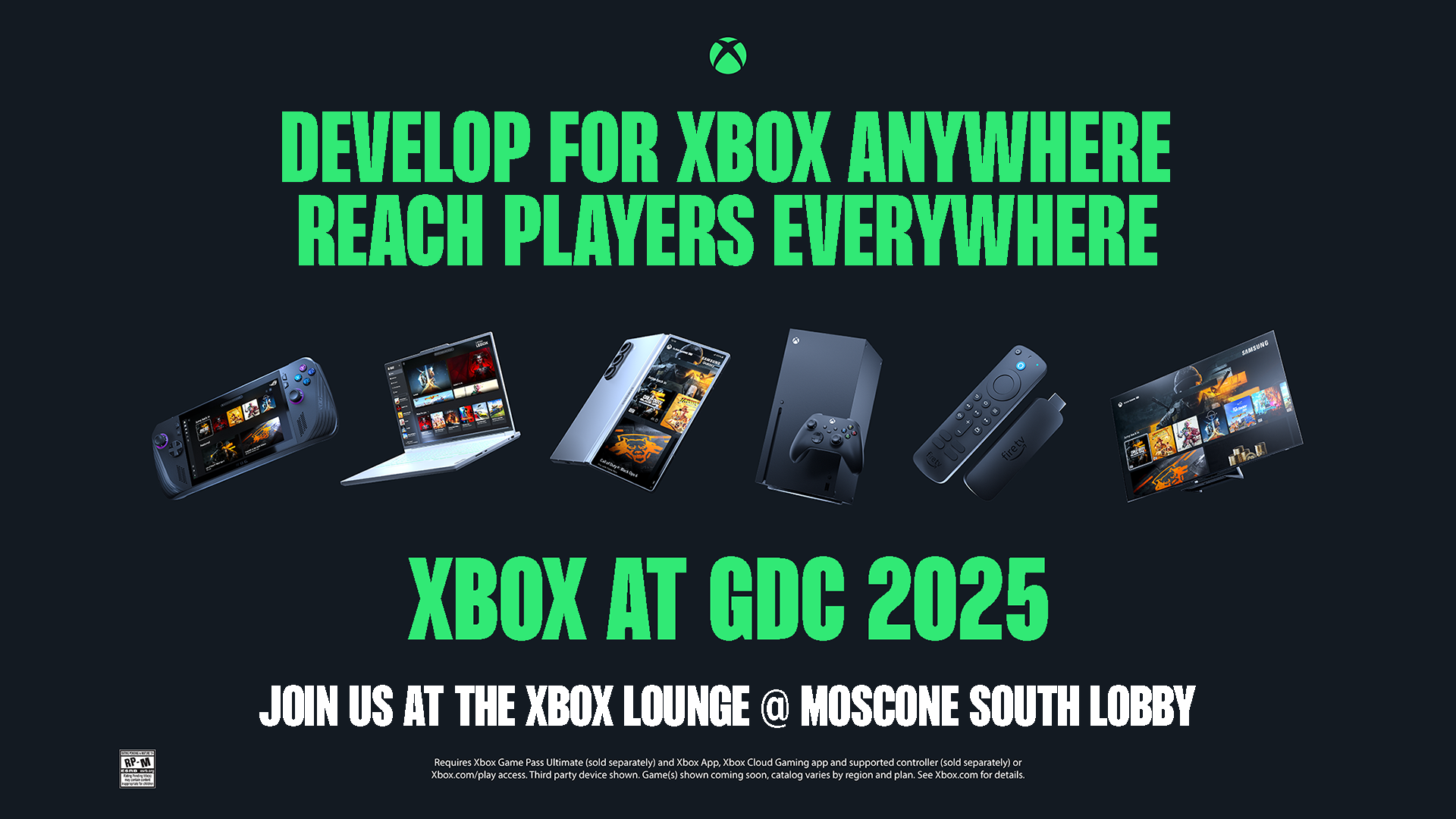
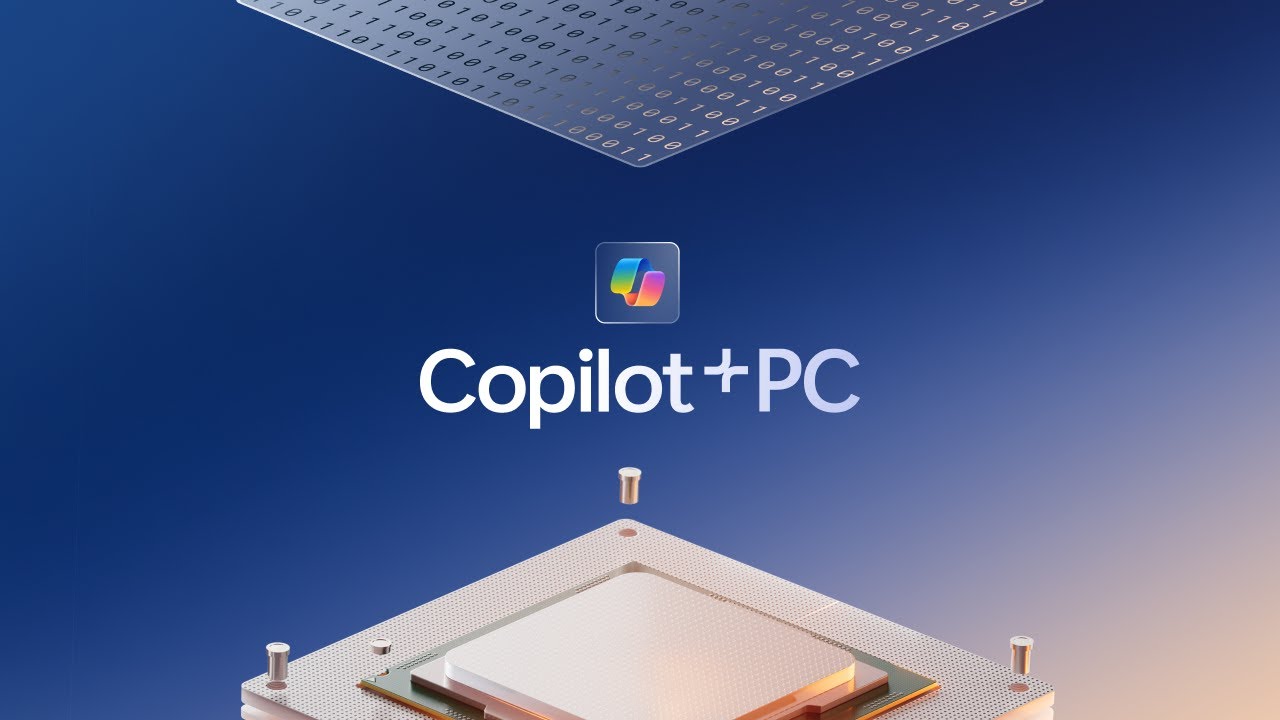
User forum
0 messages